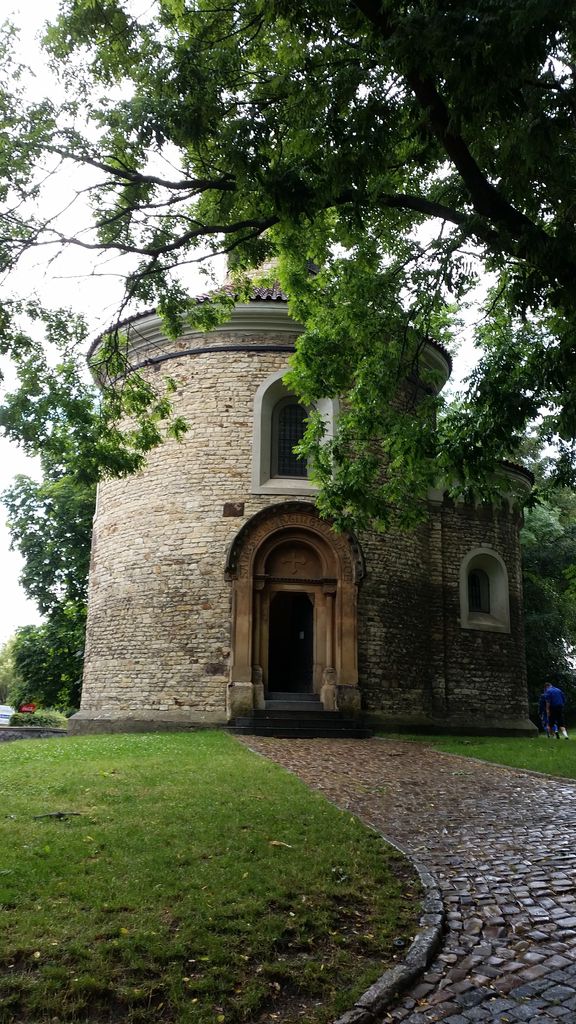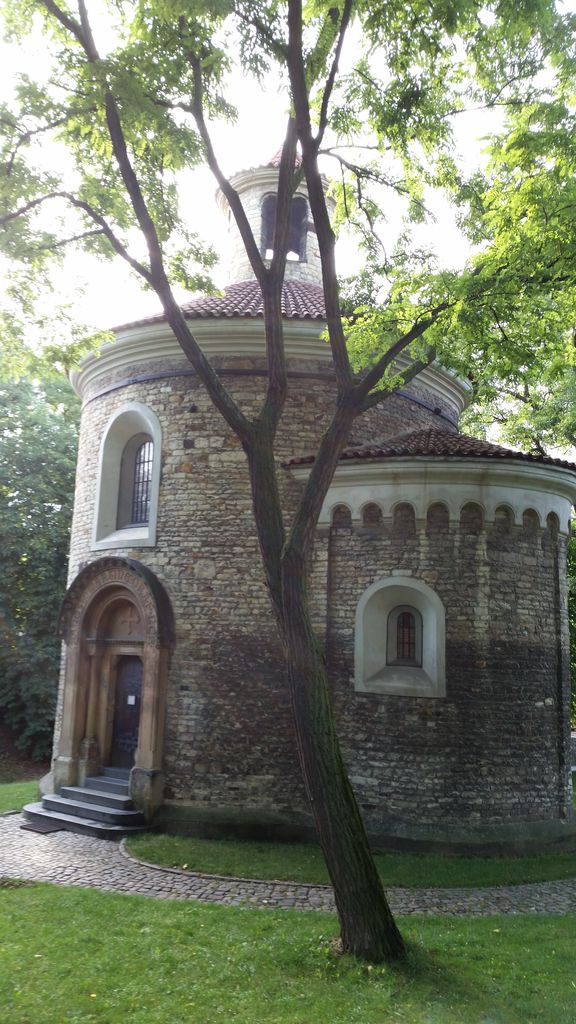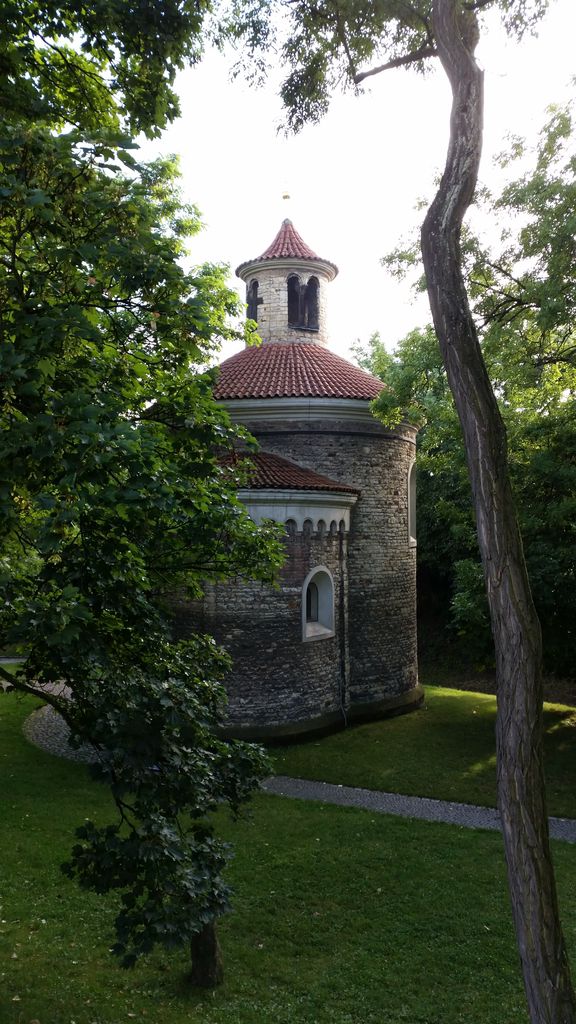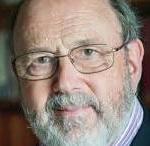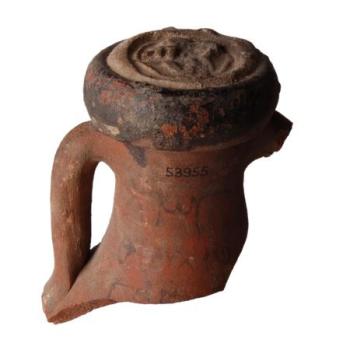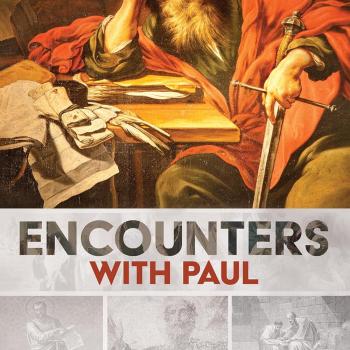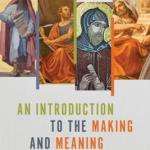While most Christians are familiar with the Protestant Reformation vis a vis what happened in Germany, Switzerland, and England, they are largely unaware of Jan Hus, and the reformation he undertook in highly Catholic eastern Europe. So first the statue, and then the history. Here is the memorial to Jan Hus who was executed for heresy July 6th 1415. 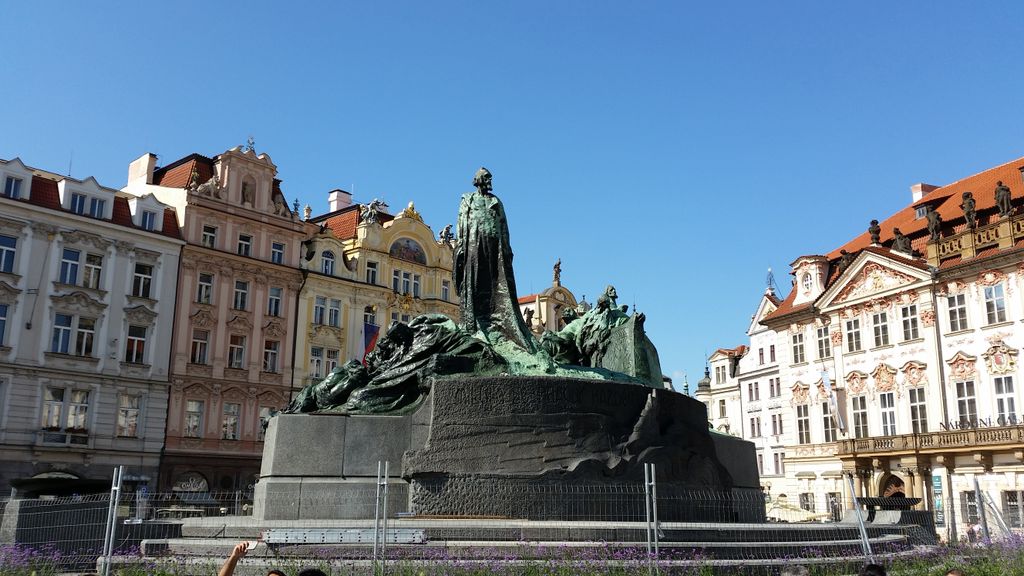

Hus, as you will see, was educated in Prague, and was very much taken with the writings and views of Wycliffe, which is what got him into such hot water. Here’s a paragraph from Wiki on the man—-
Hus (1369-1415) “was a Czech priest, philosopher, reformer and master at Charles University in Prague. After John Wycliffe, the theorist of ecclesiastical Reformation, Hus is considered the first Church reformer, as he lived before Luther, Calvin and Zwingli.”
“Hus was a key predecessor to the Protestant movement of the sixteenth century, and his teachings had a strong influence on the states of Europe, most immediately in the approval of a reformist Bohemian religious denomination, and, more than a century later, on Martin Luther himself. He was burned at the stake for heresy against the doctrines of the Catholic Church, including those on ecclesiology, the Eucharist, and other theological topics.”
“After his death in 1415, the followers of Hus’s religious teachings (known as Hussites) rebelled against their Roman Catholic rulers and defeated five consecutive papal crusades between 1420 and 1431 in what became known as the Hussite Wars. A century later, as many as 90% of inhabitants of the Czech lands were non-Catholic and some still follow the teachings of Hus and his successors.”
In other words, the real Protestant Reformation began in Prague, not in Germany or Switzerland. Now it’s noteworthy that King Wencelaus (see photo below) was in sympathy with Hus and the non-conformists. In the end though this did not prevent Hus being burned at the stake, a fate that later another Protestant reformer, William Tyndale would suffer as well.
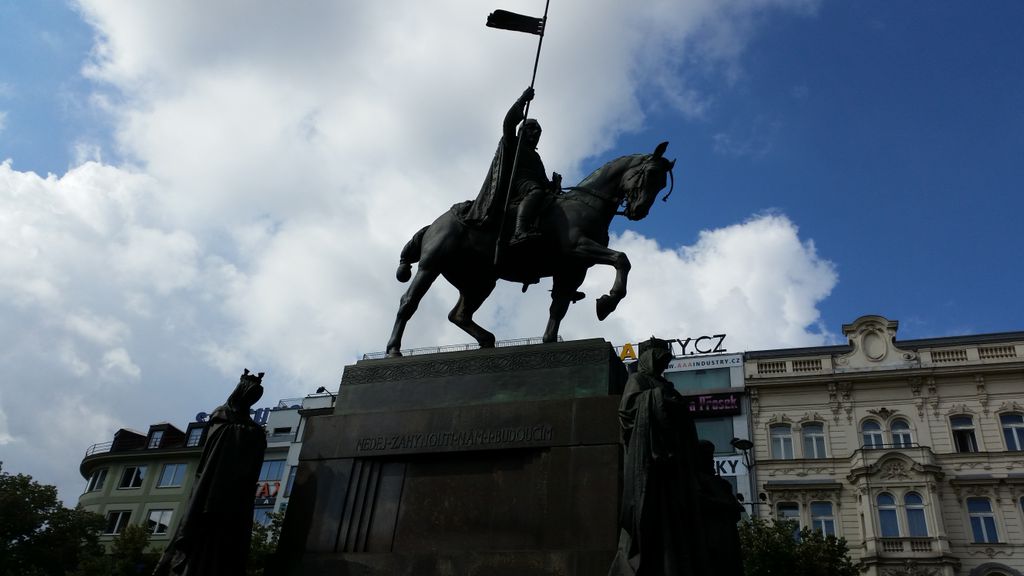

Perhaps you know the Christmas carol about this king…. which goes as follows…
Good King Wenceslas looked out
on the feast of Stephen,
when the snow lay round about,
deep and crisp and even.
Brightly shone the moon that night,
though the frost was cruel,
when a poor man came in sight,
gathering winter fuel.
Hither, page, and stand by me.
If thou know it telling:
yonder peasant, who is he?
Where and what his dwelling?
Sire, he lives a good league hence,
underneath the mountain,
right against the forest fence
by Saint Agnes fountain.
Bring me flesh, and bring me wine.
Bring me pine logs hither.
Thou and I will see him dine
when we bear the thither.
Page and monarch, forth they went,
forth they went together
through the rude wind’s wild lament
and the bitter weather.
Sire, the night is darker now,
and the wind blows stronger.
Fails my heart, I know not how.
I can go no longer.
Mark my footsteps my good page,
tread thou in them boldly:
Thou shalt find the winter’s rage
freeze thy blood less coldly.
In his master’s step he trod,
where the snow lay dented.
Heat was in the very sod
which the saint had printed.
Therefore, Christian men, be sure,
wealth or rank possessing,
ye who now will bless the poor
shall yourselves find blessing.
Ah, but did you know the King Wenceslaus of Jan Hus’ day was in fact a ruler who lived three centuries after the one about which this Christmas carol was written? The carol is about the Duke of Bohemia, St. Winceslaus who lived in the 900s, and was famous for giving alms to the poor on Dec. 26th (the subject of this carol). The later King was named after the former ruler.
If you are getting the impression that this city has quite the Christian heritage and history, you would be right. I will conclude this post by showing you the famous round church of Prague, where I once sang hymns, because the acoustics were incredible, and left a nun smiling who was preparing for a worship service.
This chapel dates to about 1070 A.D. and is called the Chapel of St. Martin.


